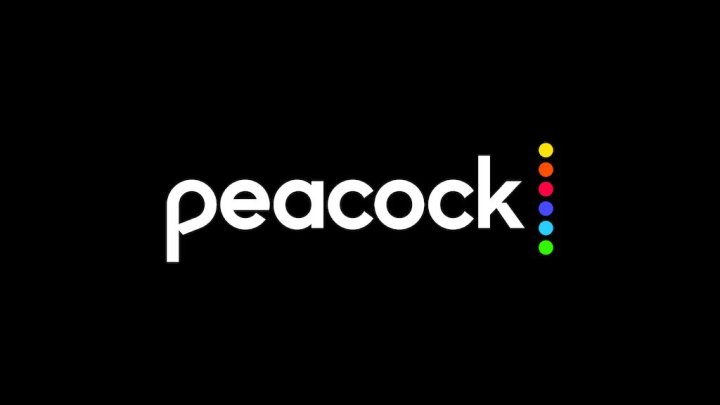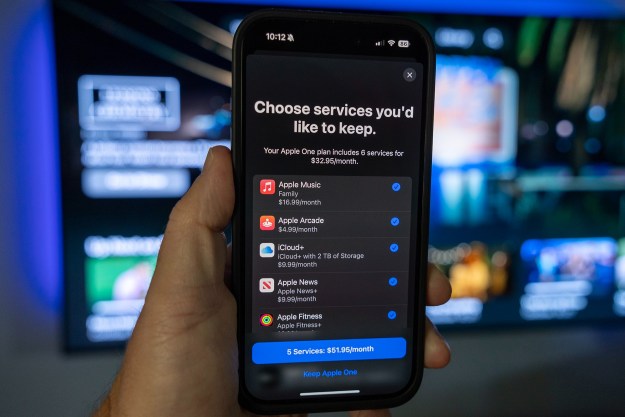Comcast’s NBCUniversal finally unveiled its big swing at streaming on Thursday, which the megacorp has titled Peacock. (Yeah, the name really leaves something to be desired.)
In a shockingly long investor call, NBC revealed its big new strategy for delivering its many intellectual property spoils online, which will be offered in a multi-tiered plan (with both ad-based and ad-free versions) rolling up a content hodge-podge, including NBCUniversal TV classics and films on-demand, a handful of new exclusive shows, and live content, from NBC News to the Tokyo Olympics.
As streaming saturation hits surrealist levels, and viewers watch their favorite videos become further partitioned into boutique streaming destinations, there was little doubt that Comcast would have its own take on streaming at some point. And Peacock offers thousands of hours of shows and movies, underlined with the sexiest word (to advertisers, anyway) of them all: Free!

That’s right, unlike its contemporaries, Peacock’s ad-based service — which rolls out first to the company’s Xfinity and Flex cable customers from within their cable box — will arrive in at least some form for zero dollars per month. A $5 monthly charge will get you more content (but still carry ads), while a $10 fee will get you ad-free viewing and the whole kit-and-caboodle. But here’s the thing: The execs at Comcast don’t even want you to buy that service. It’s an also-ran. A red herring.
No, what became clear in the most telling part of the call — the pitch straight to the investors — is that what the telecom’s execs want the most out of their free streamer is to confuse a whole new generation of viewers into jumping right back into the traditional TV model, tied up with a brand new streaming bow.
“One way to think about Peacock is it’s like a broadcast network,” said one of the execs after a seemingly confused investor asked a question regarding the overall delivery method of the streaming service.
Seriously?
With all their sterling content, including decades of NBC shows, movies from a host of massive studios like Universal, DreamWorks, and Illumination, and all the planning and logistics to deliver the crown jewel of today’s media market, a standalone streaming service, Comcast/NBCUniversal’s boldface message is that their new streaming service will be as big a retread of the past 50 years as its classic TV catalog?
To be fair, it’s not quite that simple. It’s, quite possibly, worse.
An ad delivery system
Sure, Peacock will roll out in cable boxes, and be loaded with ads like network and cable channels. But what’s clear from the presentation (which couldn’t have been more different from Disney+’s rollout last April) is that Comcast wants Peacock to be an ad delivery system to destroy all others in its path.
NBCUniversal Chairman of Advertising & Partnerships Linda Yaccarino spoke vociferously to the crowd of investors, saying, “Peacock will define the future of advertising. The future of free.”
To hook viewers into their ad-loaded trap, NBC execs have leveraged Peacock to offer “the lightest ad load in the industry,” with just 5 minutes of ads per hour. To be fair, that ad-to-content ratio would be quite light these days in TV talk.
But, Yaccarino continued, these would be revolutionary new ad innovations for Peacock, including ads that won’t be as repeated over and over. Ads that will look “as good as the content” they accompany (whatever that means). Solo ads where “brands become the hero” and offer a TV show brought to you by a single advertiser. Ads. Ads. And more ads.
Speaking about marketing opportunities, she explained that brands will “become members of the Peacock streaming council,” to learn what resonates with viewers most. And they’ll have access to all of its intellectual properties to pioneer new ad experiences.
But the topper was when Yaccarino told the hopeful, affluent crowd at 30 Rock that viewers not only value the relationship between ads and content, “they love it!”
Right. That’s why the DVR was invented. So we could get more of those sweet, sweet ads.
More of the same

To be sure, Peacock’s take on streaming is certainly a unique one. While other major players in streaming (see Netflix, Disney, and Apple) are trying to either sneak in ads where they can, or offer a value-packed, ad-free delivery system for their wares that they hope will eventually become profitable players in the new streaming era, Comcast is playing it old school. Or maybe, archaic school?
And it’s not just the ad part of pay-TV the company is hanging on to. The execs also pulled out other old-guard, seemingly dying implementation strategies for their multimedia goliath, from holding the line on the three-month theatrical window (meaning Peacock won’t get new Universal movies right after they’ve run in theaters), to selling their wares to other studios (something competitors like Disney and Netflix are increasingly moving away from) and, of course, keeping their other intellectual properties alive and well on cable and network-TV verticals.
In other words, as the execs so honestly explained, we should think about Peacock as a new way to find more of the same. “What would a broadcast network have?” they asked the investors. A broad array of content, sure. “But not everything this company makes is immediately going on Peacock.”
This, at least, makes sense. Comcast’s NBCUniversal is too big to be contained (or profitable) on a single service like Peacock.
Still, the biggest takeaway from this lengthy presentation about Comcast/NBCUniversal’s plans for the future of streaming is that the company isn’t really looking into the future at all. Instead, it’s holding on tightly as ever to the most important element that got the megacorp where it is today: Good old ad revenue.
And in the end, should we really have expected anything more?
Editors' Recommendations
- Peacock is raising its prices this summer
- Former Apple exec joins upcoming sports streaming service as CEO
- New streaming service looks to end endless Googling for sports
- New sports streaming service aimed at 60 million ‘cord-nevers’
- Get ready for the one sports streaming service to rule them all


